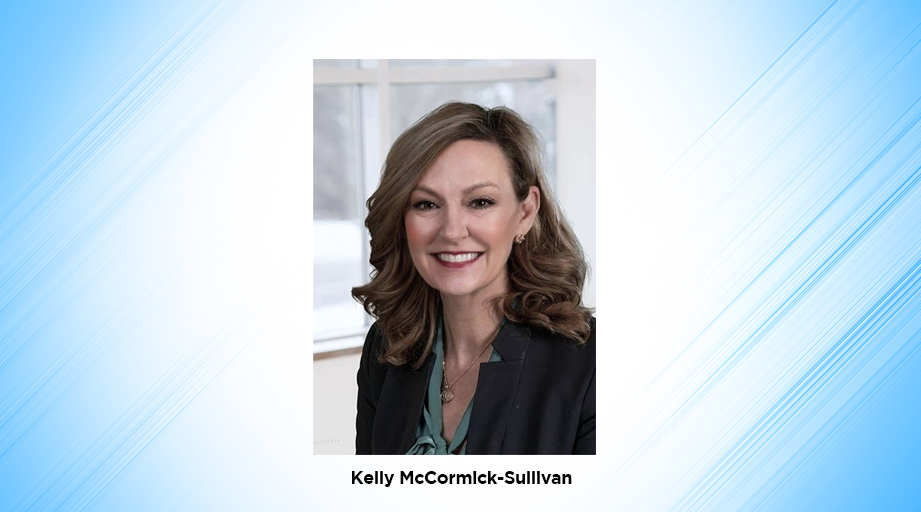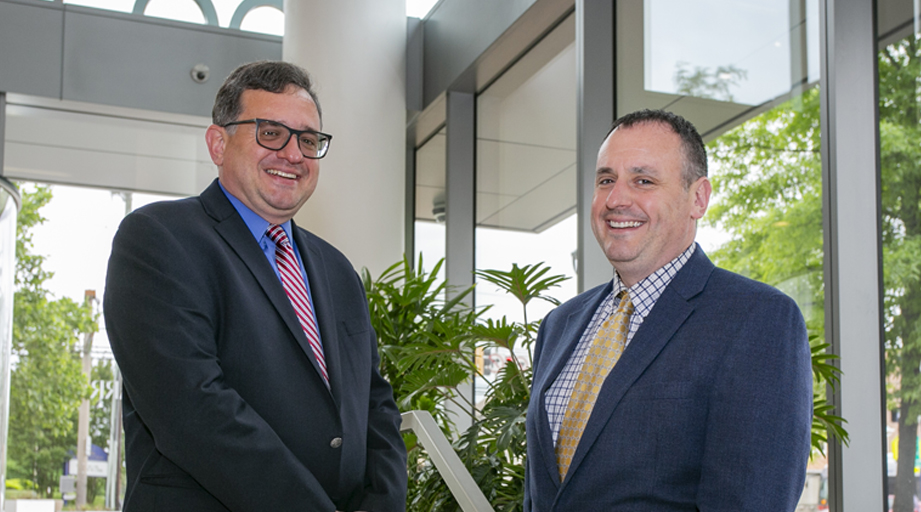
The definition of healthcare reform is simple, says Joseph Saseen, Professor and Vice Chair of Clinical and Academic Programs for the department of clinical pharmacy at the University of Colorado (UC) Skaggs School of Pharmacy and Pharmaceutical Sciences in Aurora.
“Healthcare reform, to me, is not doing what we’ve done for the past 30 years. And it basically means evolving to a value-based reimbursement model,” Saseen said. “We should be focusing on quality, not fee-for-service.”
Saseen and colleagues, in a July 1, 2018, AJHP article, reported how they used such a model at a federally qualified health center (FQHC) network as the basis for funding full-time positions for clinical pharmacists.
After securing a two-year grant from the Colorado Health Foundation in 2012, the pharmacy school hired two clinical pharmacists to help patients manage diabetes, hypertension, and dyslipidemia at two FQHC sites, with some assistance from a postgraduate year 2 pharmacy resident.
Saseen said the team chose those medical conditions because they are universal in population health initiatives that underlie value-based reimbursement programs. FQHCs, for example, are required to report metrics related to the control of diabetes, hypertension, asthma, and dyslipidemia to the Health Resources and Services Administration.
During the grant-funded project, the pharmacists documented each patient encounter in the clinic’s electronic medical record system. The pharmacists also provided education and drug information support to the clinic and worked with other clinicians, when asked, to help resolve medication-related issues for their patients.
An analysis of the data confirmed the benefits of having clinical pharmacists on the healthcare team.
“We demonstrated that there was value, that we improved clinical metrics which are part of value-based reimbursement,” Saseen said. As a result, he said, after the grant period ended, “we sustained this project by using the data that we generated to get the clinical site to fund it.”
The project actually expanded after the grant ended. According to the AJHP article, the FQHC network secured funding through its regional care collaborative organization (RCCO) for four clinical pharmacist positions at five clinic sites.
RCCOs are accountable care organizations funded through Colorado’s Medicaid program. The UC clinical pharmacists at the FQHCs continue to report data on specific metrics required under Medicaid.
Saseen characterized the formula for the project’s success as “doing what you said you would do, and doing it well, and finding the right partner to provide funding for that service.”
Although he deemed the FQHC collaboration a win, Saseen said his department isn’t trying to replicate the project elsewhere.
“We don’t have any program grants that we’re exploring right now, because we’re pretty much at capacity with our ambulatory care faculty,” he explained. Instead, he said, “we’re assessing the performance of our clinical pharmacists in those [outpatient] environments.”
Saseen acknowledged that deploying clinical pharmacists in ambulatory care settings is an accepted practice for the university-affiliated integrated health system, UCHealth, which has hospitals and clinics in Colorado, Wyoming, and Nebraska.
“We have had clinical pharmacists in some of the primary care clinics for decades,” he explained. He also noted that FQHCs in the region have long served as experiential sites for pharmacy students and residents, so staff there are accustomed to working with pharmacists.
Nevertheless, he said, ongoing data collection and assessment remain necessary for the health system’s pharmacists to demonstrate that their work adds value to the ambulatory care team.
“That’s sort of the world we live in, that we have to continue to prove that what we’re doing is beneficial,” Saseen said. “The bottom line is, we’re expensive.”
He noted that physician assistants and nurses, though they are generally paid less than pharmacists, “can do a lot more than [pharmacists] can in primary care.”
To stand out, he said, pharmacists have to focus on optimizing medication use among populations of patients that are known to respond well to medication interventions—specifically, patients with chronic conditions that payers target for improvement.
“They do come down to things that ... have significant health benefits and save healthcare dollars,” Saseen said. “They all include the top common things that ambulatory care pharmacists do well,” such as conditions targeted at the FQHCs.
Saseen said value-based population health approaches are “exploding” in clinical practice, and he urged pharmacists who aren’t already applying these approaches to do so.
“That’s where [the] jobs are,” he said.
[This news story appears in the January 15, 2019, issue of AJHP.]









